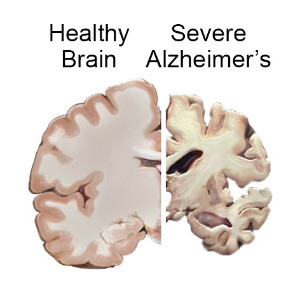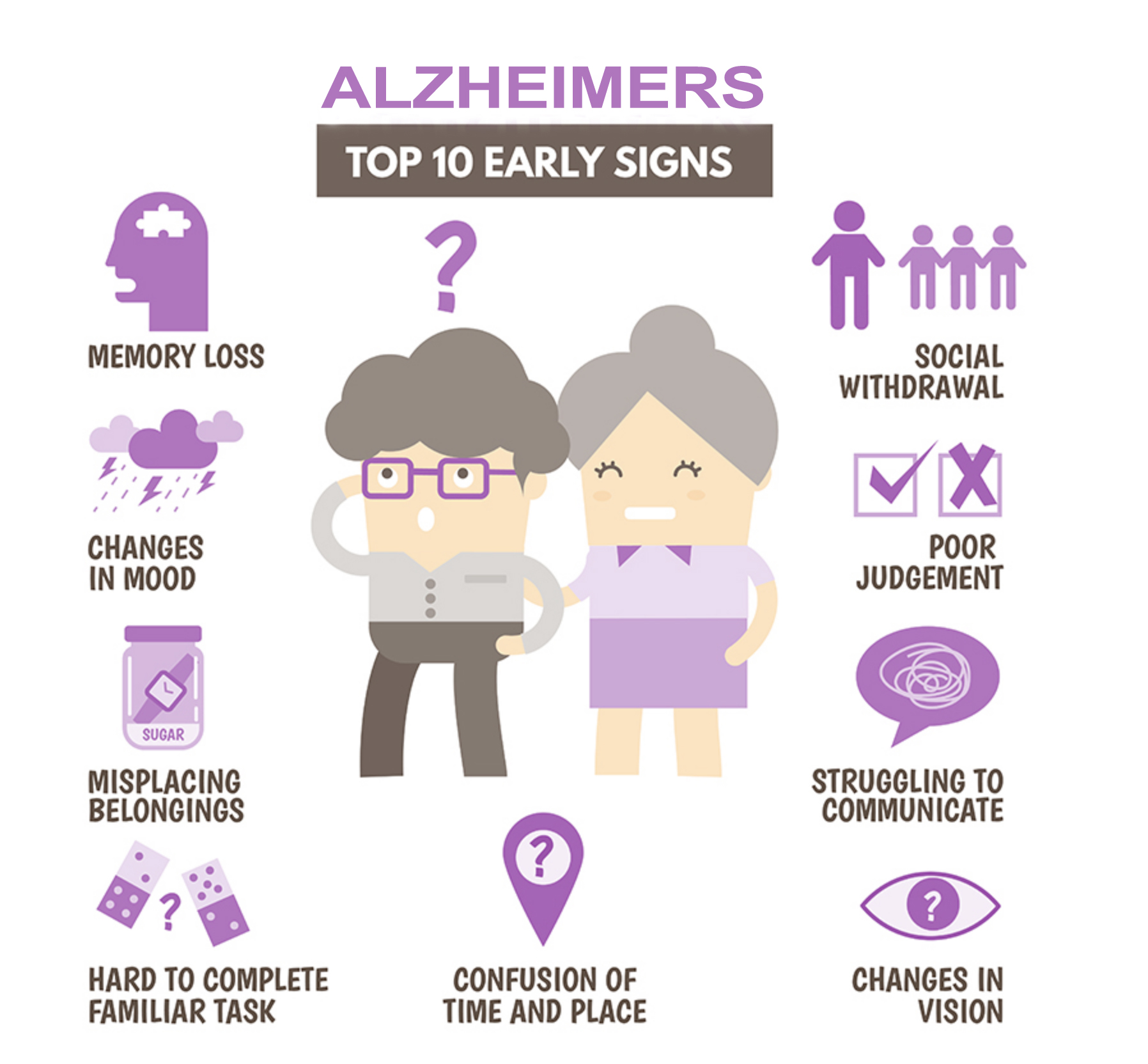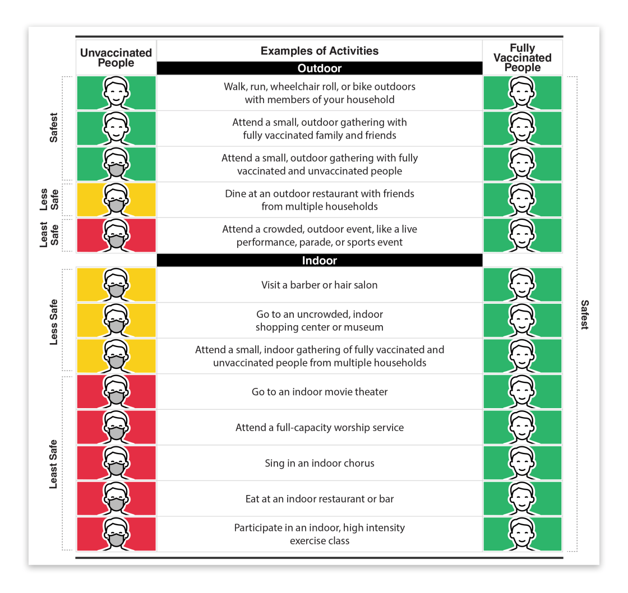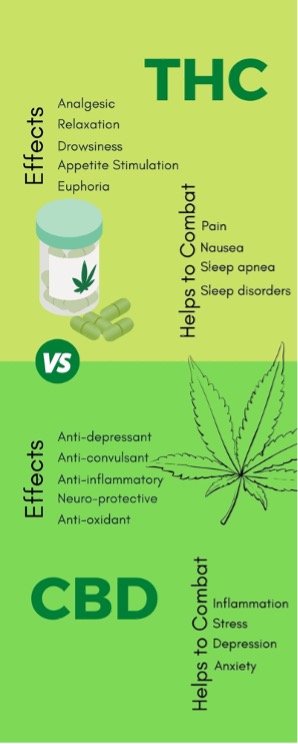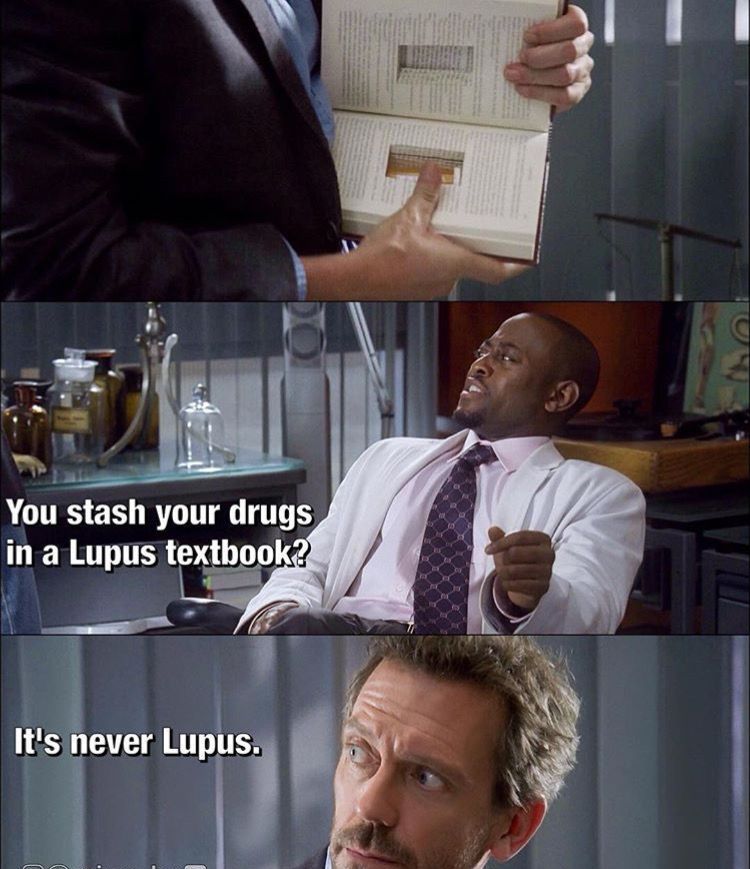Archive for May, 2021
June is Alzheimer’s and Brain Awareness Month. By Our Student Pharmacist, Laken Barnette.
What is Alzheimer’s?
Alzheimer’s is a brain disease that affects memory, thinking, and behavior. It is a form of dementia, which is a general term for a decline in mental ability that is severe enough to interfere with daily life.
Alzheimer’s is the most common cause of dementia as it accounts for 60-80% of all dementia cases. Experts suggest that more than 5.8 million Americans have dementia caused by Alzheimer’s. It is the sixth leading cause of death in the United States and ranks as the third leading cause of death for older people. For most patients with Alzheimer’s, symptoms first appear in their mid-60s but for some, symptoms can show up earlier in life.
What causes Alzheimer’s?
Scientists aren’t entirely sure what causes Alzheimer’s Disease in most people. A genetic mutation can be the cause in people with early-onset Alzheimer’s. But those who have late-onset, it could be a mix of genetic, environmental and lifestyle factors. It is believed that certain vascular and metabolic conditions such as heart disease, high blood pressure, diabetes, and obesity can put people at a higher risk of Alzheimer’s. It is also likely that changes in the brain may begin a decade or more before symptoms appear.
So, what does Alzheimer’s disease do the brain?
Abnormal protein deposits begin to form amyloid plaques and tau tangles throughout the brain. These plaques and tangles prevent once-healthy neurons from connecting with other neurons, which causes them to die. It is thought that many other complex brain changes play a role as well. Initially, the damage occurs in the memory centers of the brain. As more neurons die overtime, additional parts of the brain become more affected and begin to shrink.
What are the signs and symptoms of Alzheimer’s Disease?
Usually, the first clinical sign of Alzheimer’s Disease is memory loss. Unfortunately, this is not a diagnosing symptom. Some people with memory problems have a condition called mild cognitive impairment (MCI). While older people with MCI are at higher risk of developing Alzheimer’s Disease, not all do, and some can even go back to normal cognition. Researchers are currently studying certain biomarkers to detect early changes in the brains of people with MCI and people who are at a greater risk of Alzheimer’s Disease.
What are the stages of Alzheimer’s Disease?
Early-stage Alzheimer’s
During early-stage Alzheimer’s, the patient may function independently. While this patient can still do normal daily activities, they might feel that they are having memory lapses. Symptoms might not be incredibly apparent at this stage, but family members and close friends might notice these changes.
Middle-stage Alzheimer’s
Middle-stage Alzheimer’s is usually the longest stage and can last for years. Symptoms become more pronounced. The patient may have negative changes in behavior and act in unexpected ways. Also, they may have trouble remembering personal history, experience changes in sleep patterns, and have an increased tendency to wander and become lost. In this stage, the patient can still participate in normal daily activities with assistance.
Late-stage Alzheimer’s
In the final stage of Alzheimer’s, dementia symptoms become severe. Patients eventually lose the ability to respond to their environment, carry on conversations, and control their movements. In the late-stage, patients need extensive care and supportive services.
While currently there is no cure for Alzheimer’s Disease, it is important to know the signs and symptoms of the disease as there is treatment to slow the progression. An early diagnosis can allow patients to begin treatment early to preserve daily functioning for longer and open them up to opportunities to participate in clinical trials for new treatments for Alzheimer’s.
Sources:
Alzheimer’s Disease Fact Sheet. (2019, May 22). National Institute on Aging.
https://www.nia.nih.gov/health/alzheimers-disease-fact-sheet#treating
Stages of Alzheimer’s. (n.d.). Alzheimer’s Association. Retrieved May 17, 2021, from
https://www.alz.org/alzheimers-dementia/stages
What is Alzheimer’s Disease? | CDC. (2020, October 26). Centers of Disease Control and
Prevention. https://www.cdc.gov/aging/aginginfo/alzheimers.htm
What to Do After You Have Received Your COVID Vaccine. By Our Student Pharmacist, Aricca Senkow.
If you have received your COVID vaccine this means that you:
- have a lesser risk of getting sick
- will have milder symptoms if you do get sick
- have lesser risk of hospitalization
- will have a reduced duration of illness if you get sick
Once you have received your vaccine, you will be considered “fully vaccinated” two weeks after the second dose with the Moderna and Pfizer vaccines, or two weeks after the single dose if you received the Johnson & Johnson vaccine.
When those two weeks have passed after vaccination, you have a bit more flexibility in things you can do.
As of May 13, 2021, the Centers for Disease Control and Prevention (CDC) stated that individuals who are fully vaccinated against Covid-19 no longer need to wear masks or physically distance – whether indoors or outdoors in most circumstances.
The picture below is a great depiction of what things are safe with or without a mask depending on your vaccination status.
There are a few caveats to this new recommendation.
For those individuals who have compromised immune systems or other heath concerns, they should talk to their doctor about what would be best for them.
Additionally, in certain places like hospitals, other healthcare settings, public transportation, and businesses, you may still be required to wear a mask. Try to check these policies before heading out so you are prepared. Luckily, most places will have free masks in case you forget yours.
If you are fully vaccinated and travel in the United States, you do not need to get tested before or after travel or to self-quarantine after travel.
Pay close attention, however, if you are traveling internationally. You do not need to get tested before leaving the United States unless your destination requires it. You will still need to show a negative test result or documentation of recovery from COVID-19 before boarding an international flight to the Unites States. You should still get tested 3-5 days after international travel, but you do not need to self-quarantine after arriving in the United States.
Continue to monitor your health, because, although fully vaccinated, you can still be a carrier for the virus. If you do develop symptoms of COVID-19, you should get tested and stay home and away from others.
It is important to remember that even if you are fully vaccinated, please do what is comfortable for you even if that means still wearing your mask when around others. Data from this past winter has shown that masking and physically distancing helped stopped the spread of other respiratory diseases such as the flu.
Regardless of your vaccination status, continue washing your hands frequently with soap and water or use hand sanitizer, cover coughs and sneezes, and clean and disinfect high touch surfaces daily. Avoid touching your face and eyes, as well. These common sense steps are the best way to prevent any illnesses from spreading.
Sources:
Edwards E, Bennett G, Alba M. Fully vaccinated? You can ditch the mask, CDC says. NBCNews.com. https://www.nbcnews.com/health/health-news/cdc-plans-drop-mask-requirements-fully-vaccinated-people-n1267249. Published May 13, 2021. Accessed May 20, 2021.
Howley E. Here’s What’s Safe to Do After Getting Your COVID-19 Vaccine. U.S. News & World Report. https://health.usnews.com/conditions/coronavirus-and-your-health/articles/whats-safe-after-covid-19-vaccine. Published March 19, 2021. Accessed May 20, 2021.
What To Do Before, During And After Getting Your COVID-19 Vaccine? 1mg Capsules. https://www.1mg.com/articles/what-to-do-before-during-and-after-getting-your-covid-19-vaccine/. Published May 20, 2021. Accessed May 20, 2021.
When You’ve Been Fully Vaccinated. Centers for Disease Control and Prevention. https://www.cdc.gov/coronavirus/2019-ncov/vaccines/fully-vaccinated.html. Published May 16, 2021. Accessed May 20, 2021.
Wong W. Fauci says public is ‘misinterpreting’ latest CDC mask guidance. https://www.msn.com/en-us/news/us/fauci-says-public-is-misinterpreting-latest-cdc-mask-guidance/ar-AAKcgAl?ocid=msedgntp. Published May 20, 2021. Accessed May 20, 2021.
Don’t Fry Day is Coming Up! By Our Student Pharmacist, Aricca Senkow.
The National Council on Skin Cancer Prevention designated the Friday before Memorial Day as Don’t Fry Day. This year it will fall on Friday, May 28.
Being cautious of your skin exposure should be an all year thing, but with the weather getting nicer, our amount of time in the sun is increasing!
We want to make sure you are educated to keep your skin safe this summer.
As stated by the Food and Drug Administration (FDA), exposure to the sun can cause sunburn, skin aging, (such as skin spots, wrinkles, or “leathery skin”), eye damage, and skin cancer, the most common of all cancers.
In 2015, the Centers for Disease Control and Prevention (CDC) reported more than 80,422 people were diagnosed with melanoma, the most serious form of skin cancer.
Each year about 4.3 million people are treated for basal cell cancer and squamous cell skin cancer in the United States.
Sun damage occurs when there is exposure to ultraviolet (UV) radiation. Sunburn is a type of skin damage caused by the sun. This damage can also happen in tanning beds, as well.
Within the UV radiation, there are two types: UVA and UVB rays. UVB rays are the primary cause of sunburn, but both UVA and UVB rays contribute to skin cancer.
What to look for when picking out the right sunscreen for you:
- It is important to read the label. All sunscreens protect against the sun’s UVB rays, but those that are labeled “broad spectrum” will provide protection against UVA rays as well.
- It is recommended to use broad spectrum sunscreens with a Sun Protection Factor (SPF) value of 15 or higher.
- Some sunscreens claim to be “water resistance.” This means that they will provide about 40 to 80 minutes of the labeled SPF-level of protection while swimming or sweating. No sunscreen is completely waterproof or sweatproof.
- Products that are labeled “sunblock” still need to be applied at least every two hours for protection.
- Remember to check the expiration date on sunscreens before use.
Tips on how to properly apply sunscreen:
- Apply sunscreen liberally to all uncovered skin, especially your nose, neck, hands, feet, ears, and lips (there are certain lip balms that offer SPF protection). Don’t forget those tricky areas! It is helpful if you can have someone who can help you reach those uncommon spots.
- Reapply at least every two hours, and even more frequently if you’re swimming or sweating. Refer to the product label for specific application instructions.
Other tips to help protect your skin from sun damage:
- Most weather apps provide the UV forecast for the day. This can let you know the UV index throughout the day so you can be properly prepared before heading out.
- Limit your time in the sun, especially between 10 am and 2 pm, as this is when the sun’s rays (UV index) are the most intense.
- When possible, wear long-sleeved shirts and long pants. If this isn’t practical, try to go for a dark colored t-shirt or cover-up. Also, a wet t-shirt offers much less UV protection than a dry one.
- Hats are a great option. It is recommended to wear a hat with a brim that goes all the way around to protect your face, ears, and neck. With baseball caps, make sure to apply sunscreen to the ears and back of your neck as these areas are more exposed.
- Sunglasses are also highly recommended to help protect your eyes from UV rays. Look for sunglasses labeled with UVA/UVB rating of 100% to get the most protection.
Sources:
Don’t Fry Day. EPA. https://www.epa.gov/sunsafety/dont-fry-day. Published August 18, 2020. Accessed May 11, 2021.
Sun Safety. Centers for Disease Control and Prevention. https://www.cdc.gov/cancer/skin/basic_info/sun-safety.htm. Published April 28, 2021. Accessed May 11, 2021.
Tips to Stay Safe in the Sun: From Sunscreen to Sunglasses. U.S. Food and Drug Administration. https://www.fda.gov/consumers/consumer-updates/tips-stay-safe-sun-sunscreen-sunglasses Accessed May 11, 2021.
Medical Marijuana. By Our Student Pharmacist, Laken Barnette.
What is it?
Before we talk about marijuana, we first need to dive into the plant that it comes from: Cannabis sativa. Cannabis sativa or “cannabis” is a naturally occurring plant that contains roughly 540 different chemical substances including more than 100 unique chemical structures called cannabinoids.
The two most common cannabinoids are tetrahydrocannabinol (THC) and cannabidiol (CBD).
Marijuana refers to the parts or products from cannabis that contain a substantial amount of THC. Cannabis plants that have very little THC (<0.3%) are known as hemp. Since the bill signed in late 2018 removing hemp as a Schedule 1 substance, hemp-derived CBD use has skyrocketed across the nation and is expected to increase even more in the coming years. While hemp is federally legal, marijuana is not. However, 36 states, including Ohio, have either legalized marijuana for medical use only or for all adults over the age of 21.
How does it work and what is it used for?
Within our bodies, we have an endocannabinoid system where the natural endocannabinoids our bodies make bind. THC and CBD also bind to these receptors causing different effects. The two main receptors are the CB1 and CB2 receptors. The graphic below shows where in the body each of these receptors occur. CBD can only bind to CB2 receptors, which naturally occur in the gut and immune system. THC can bind to both CB1 and CB2. CB1 receptors are primarily found in the brain and nervous system and are responsible for the “euphoria” that occurs when using products with THC.
So, what can THC and CBD do?
Below are just some of the effects that each can have on the body. When THC and CBD are used together, they create an “entourage effect”, meaning that they work together. For example, CBD can help combat some of the potentially negative psychoactive side effects of THC such as anxiety.
What are the Ohio laws on medical marijuana?
On September 8, 2016, Ohio legalized medical marijuana. Patients with certain medical conditions can purchase and use medical marijuana upon the recommendation of an Ohio-licensed physician.
Currently, there are 22 approved conditions:
If a patient has one of the above conditions and would like to enroll in the program, they need to locate and visit a physician who is certified to recommend medical marijuana (a list of these physicians is located on the Ohio Medical Marijuana Control Program website).
Since COVID-19, the State Medical Board of Ohio met and voted to allow telemedicine appointments instead of requiring in-person office visits. Once the physician has met with the patient and has decided that they would benefit from medical marijuana, the physician must submit their recommendation to the Patient Registry. This is where the patient can pay their registration fee and receive their medical marijuana card. After these steps, the patient can visit any of the 52 dispensaries located in Ohio and purchase medical marijuana. The recommendation is only good for one year after the date obtained and must be renewed annually with a physician who is certified to recommend.
For more information on medical marijuana and Ohio’s program, feel free to stop in any time during the month of May and I will answer any questions you may have! You can also email me: barnette.31@osu.edu
Links to resources:
Quick Reference Guide: How to Obtain Medical Marijuana
Ohio Medical Marijuana Control Program
https://medicalmarijuana.ohio.gov/
Sources:
Berke, J., Gal, S., & Lee, Y. J. (2021, April 14). Marijuana legalization is sweeping the US. Business Insider. https://www.businessinsider.nl/legal-marijuana-states-2018-1?international=true&r=US
Cannabis (marijuana) and cannabinoids: What you need to know. (2019). National Center for
Complementary and Integrative Health. https://www.nccih.nih.gov/health/cannabis
marijuana-and-cannabinoids-what-you-need-to-know
Desjardins, J. (2019, March 11). Comparing THC vs. CBD: What’s the difference? VisualCapitalist.
https://www.visualcapitalist.com/thc-vs-cbd-difference/
Endoca. (2021, March 10). CBD VS THC: learn the differences. Endoca© CBD.
https://www.endoca.com/about-cbd/cbd-vs-thc
May 10 is World Lupus Day! By Our Student Pharmacist, Laken Barnette.
What is lupus?
It’s never lupus… until it actually is.
The Lupus Foundation of America estimates that 1.5 million Americans and at least 5 million people worldwide have some form of lupus.
So, what is lupus? Lupus is a long-term condition that can causes inflammation and pain in any part of your body. Lupus is an autoimmune disease, which means that your immune system (that normally fights infections) attacks healthy tissue. There are four different types of lupus:
- Systemic lupus erythematosus (SLE) – Most common form of lupus
- Cutaneous lupus – Lupus that is just confined to the skin
- Drug-induced lupus – Lupus caused by some prescription drugs
- Neonatal lupus – rare lupus that affects infants of women with the disease
While lupus commonly affects your skin, joints, and internal organs (particularly kidneys and heart), it can cause a wide variety of symptoms and can be incredibly hard to diagnosis. Since every patient is unique, so is every case of lupus. Many patients with lupus go years without a proper diagnosis.
What causes lupus?
In short, no one knows. A common misconception is that lupus is contagious. While it’s not contagious, autoimmune diseases, including lupus, can be passed down from generation to generation. But lupus is not always caused by genetics. It can also be due to environmental triggers (infections, sunlight, stress) or could be potentially caused by a response to hormones (like estrogen).
Who is affected by lupus?
Nine out of ten patients with lupus are women.
Anyone can develop lupus.
However, certain people are at higher risk of developing lupus such as:
- Women of childbearing age (ages 15 to 44)
- Certain racial or ethnic groups – including African American, Asian American, Hispanic/Latino, Native American or Pacific Islander
- People who have family members with lupus or other autoimmune diseases
Lupus is two to three times more likely to affect women of color. Research indicates that 1 in 537 young African American women have lupus. LUMINA, a groundbreaking study, reported that African American lupus patients are more likely to have organ system involvement, more active disease, and lower levels of social support compared with white lupus patients. One in three of lupus patients suffer from more than one autoimmune disease.
What are the symptoms of lupus?
 As stated previously, lupus can manifest in many different symptoms. The most common symptoms include severe pain, extreme fatigue, hair loss, cognitive issues and physical impairments that prevent many patients from being able to carry out normal daily tasks. Sometimes, patients have no physical symptoms. Symptoms can come and go and could even change over time.
As stated previously, lupus can manifest in many different symptoms. The most common symptoms include severe pain, extreme fatigue, hair loss, cognitive issues and physical impairments that prevent many patients from being able to carry out normal daily tasks. Sometimes, patients have no physical symptoms. Symptoms can come and go and could even change over time.
Why lupus awareness is important?
Lupus is coined as a cruel mystery. There is currently no cure for lupus, only treatment. Recent research indicates that it takes the average patient almost seven years to get properly diagnosed. Most lupus patients look completely healthy, but are often plagued by extreme fatigue and chronic pain. While lupus is not a death sentence for most, it is important that patients with this disease get the proper care and treatment they need. Spreading awareness can help patients get diagnosed quicker and help those around them understand the condition.
Sources:
What is lupus? (2020, October 21). Lupus Foundation of America.
https://www.lupus.org/resources/what-is-lupus#
Villano, M. C. (2021, May 10). World lupus day 2021: 5 things to know about this mysterious
disease. CNN. https://edition.cnn.com/2021/05/10/health/world-lupus-day-2021-wellness/index.html



